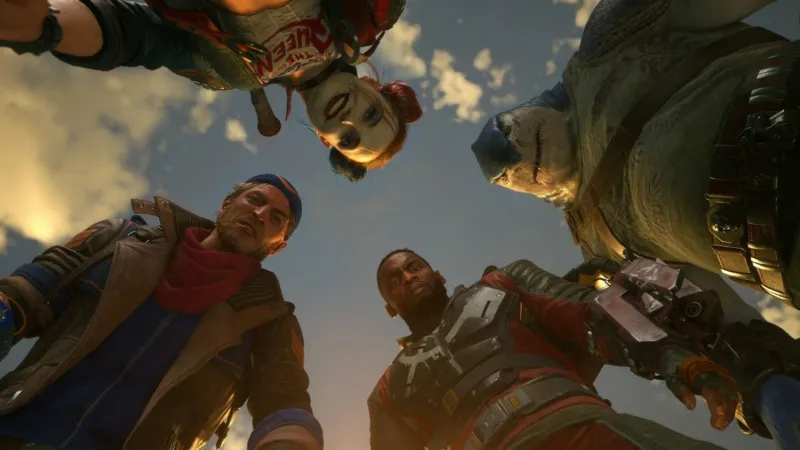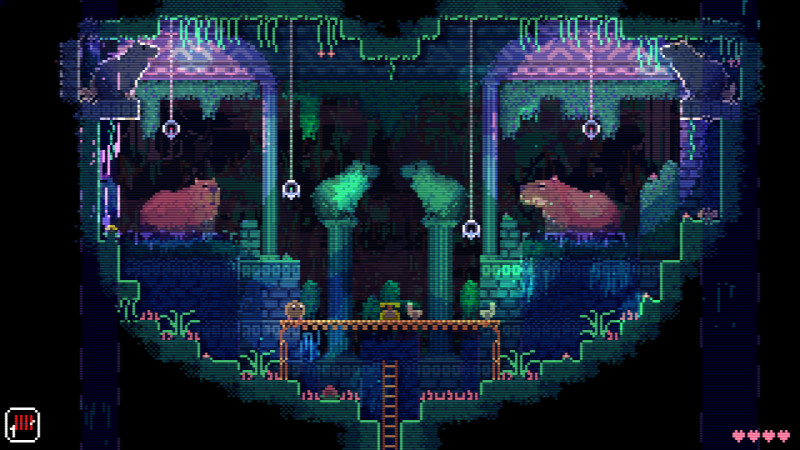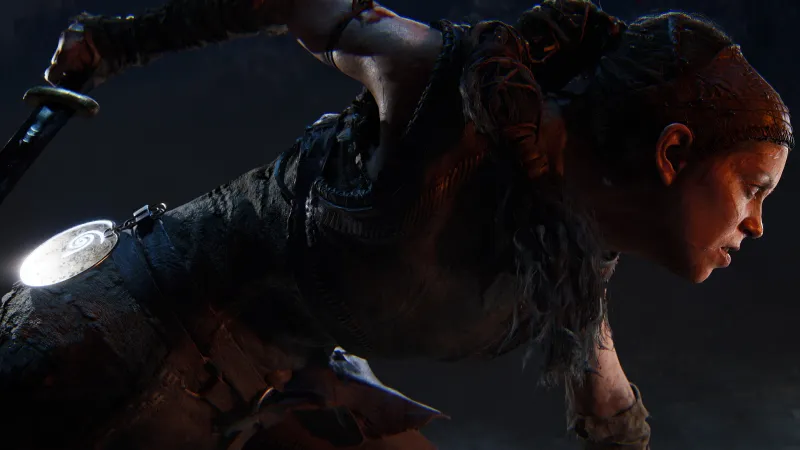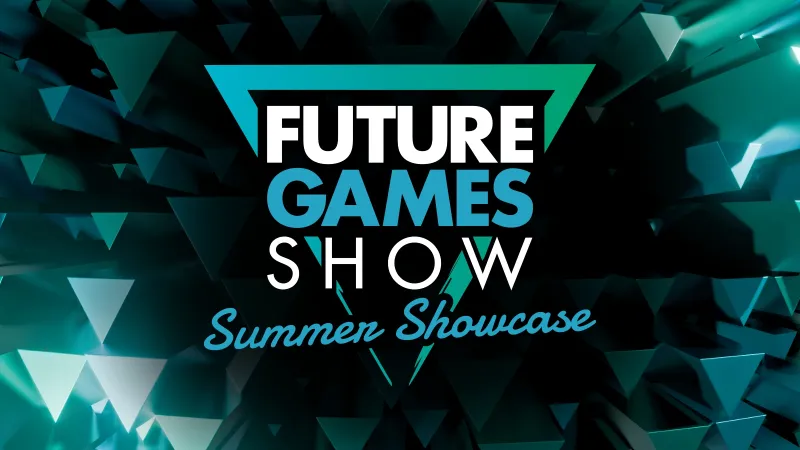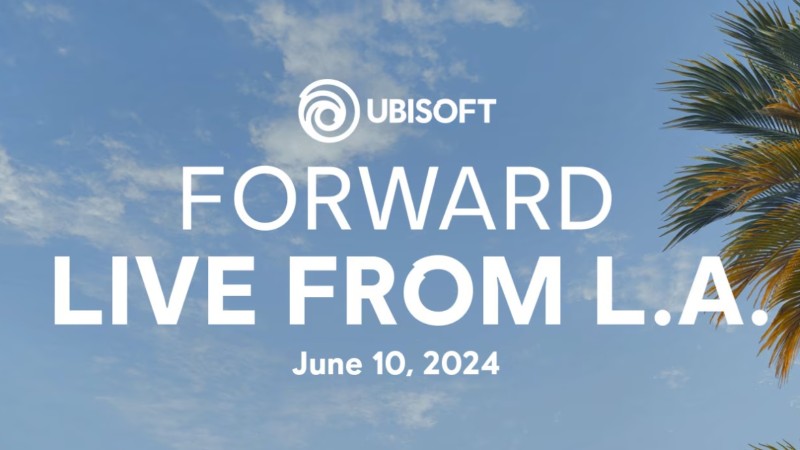With the sun out and the temperature rising, it must be summer. That means it’s time to stay cool indoors and watch a litany of gaming showcases airing throughout the season. Highlighted by Summer Game Fest, we’ve created a schedule listing every notable showcase occurring over the coming months, the date and times they air, and a summary of what they entail. Be sure to bookmark this page, as it will be updated regularly as new events are announced and airdates are confirmed.
June 4
OTK Games Expo
Start Time: TBA
How to Watch: YouTube, Twitch
What It Is: Hosted by popular streamer Asmongold, the event will provide a stage for over 40 games and includes sitdown interviews with their creators.
June 6
Guerilla Collective Online Showcase
Start Time: 10 a.m. PT/1 p.m. ET
How to Watch: YouTube, Twitch
What Is It: Each year, the Guerilla Collective provides a platform for indie and AA games. The event also serves as an umbrella for other showcases taking place over the week.
June 7
Access-Ability Summer Showcase
Start Time: 8 a.m. PT/11 a.m. ET
How to Watch: YouTube, Twitch
What It Is: Host Laura Kate Dale confirmed late fall that the Access-Ability Summer Showcase will make a return in June. The event highlights accessbility-focused titles and features created by disabled developers.
Summer Game Fest
Start Time: 2 p.m. PT/5 p.m. ET
How to Watch: YouTube, Twitch
What It Is: The flagship gaming showcase of the summer returns to the YouTube Theater in Los Angeles. Organizer and host Geoff Keighley will take the stage to show off what’s likely to be a litany of world premieres and game updates.
Day of the Devs
Start Time: Immediately following Summer Game Fest
How to Watch: YouTube, Twitch
What It Is: iam8bit and Double Fine’s annual showcase offers an entertaining bastion for a litany of the most creative, eye-catching, and, perhaps, bizarre upcoming titles in the industry.
June 8
Wholesome Direct
Start Time: 9 a.m. PT/12 p.m. ET
How to Watch: YouTube, Twitch
What It Is: The coziest presentation of the year highlights over 70 artistic, emotionally resonant titles with one thing in common: they’ll give you all the feels.
Future Games Show
Start Time: TBA
How to Watch: YouTube, Twitch
What It Is: The seasonal event will feature 40 upcoming games in what is being billed as “the most ambitious showcase yet”. We don’t know what else to expect besides updates on “blockbuster games” and deep dives on in-development titles.
June 9
Xbox Games Showcase/[REDACTED] Direct
Start Time: 10 a.m. PT/1 p.m. ET
How to Watch: YouTube, Twitch
What It Is: Typically Xbox’s biggest showcase of the year, it’s probably safe to expect several hopefully big announcements coming from the publisher’s many first-party studios. Immediately following the Showcase is a not-so-mysterious presentation centered on probably, maybe, almost certainly, the next Call of Duty game.
PC Gaming Show
Start Time: 1 p.m. PT/4 p.m. ET
How to Watch: YouTube, Twitch
What It Is: It’s the 10th anniversary of the PC Gaming Show, and its celebrating by rolling out over 50 games coming this year and beyond. The batch includes world premieres, exclusive announcements, and more.
June 10
Ubisoft Forward
Start Time: TBA
How to Watch: YouTube, Twitch
What It Is: Ubisoft hasn’t revealed what it has up it’s sleeve, but it’s tough not to imagine that Assassin’s Creed Codename Red won’t appear. Other known titles in its upcoming slate that are likely to appear include Star Wars Outlaws, The Rogue Prince of Persia, Beyond Good & Evil 20th Anniversary Edition, and maybe, if we’re lucky, Prince of Persia: The Sands of Time Remake and/or Beyond Good & Evil 2.
Other Confirmed June Showcases Awaiting Dates
Nintendo Direct
Start Time: TBA
How to Watch: YouTube, Twitch
What It Is: Nintendo has promised to hold a June Direct focused on games launching in the latter half of 2024. The company also confirmed that the presentation will not mention the Switch successor.
Future of Play Direct
Start Time: TBA
How to Watch: YouTube
What It Is: The anime-themed indie showcase is a summer staple. If previous years are an indication, expect a Vtuber host, musical performances, special guests, and, of course, plenty of game trailers.
Upload VR Showcase
Start Time: TBA
How to Watch: YouTube
What Is It: This event is for virtual reality aficionados by virtual reality aficionados. Expect to see the latest and greatest VR and AR titles racing to headsets.
August 2
THQ Nordic Digital Showcase
Start Time: 12 p.m. PT/3 p.m. ET
How to Watch: YouTube
What Is It: So far, THQ Nordic has confirmed that Gothic 1 Remake and Titan Quest II will appear at its digital showcase. As for speculation, we know it’s publishing the remake of Disney Epic Mickey launching this year and the upcoming Teenage Mutant Ninja Turtles: The Last Ronin. We’re curious to see what else the publisher has to show.


